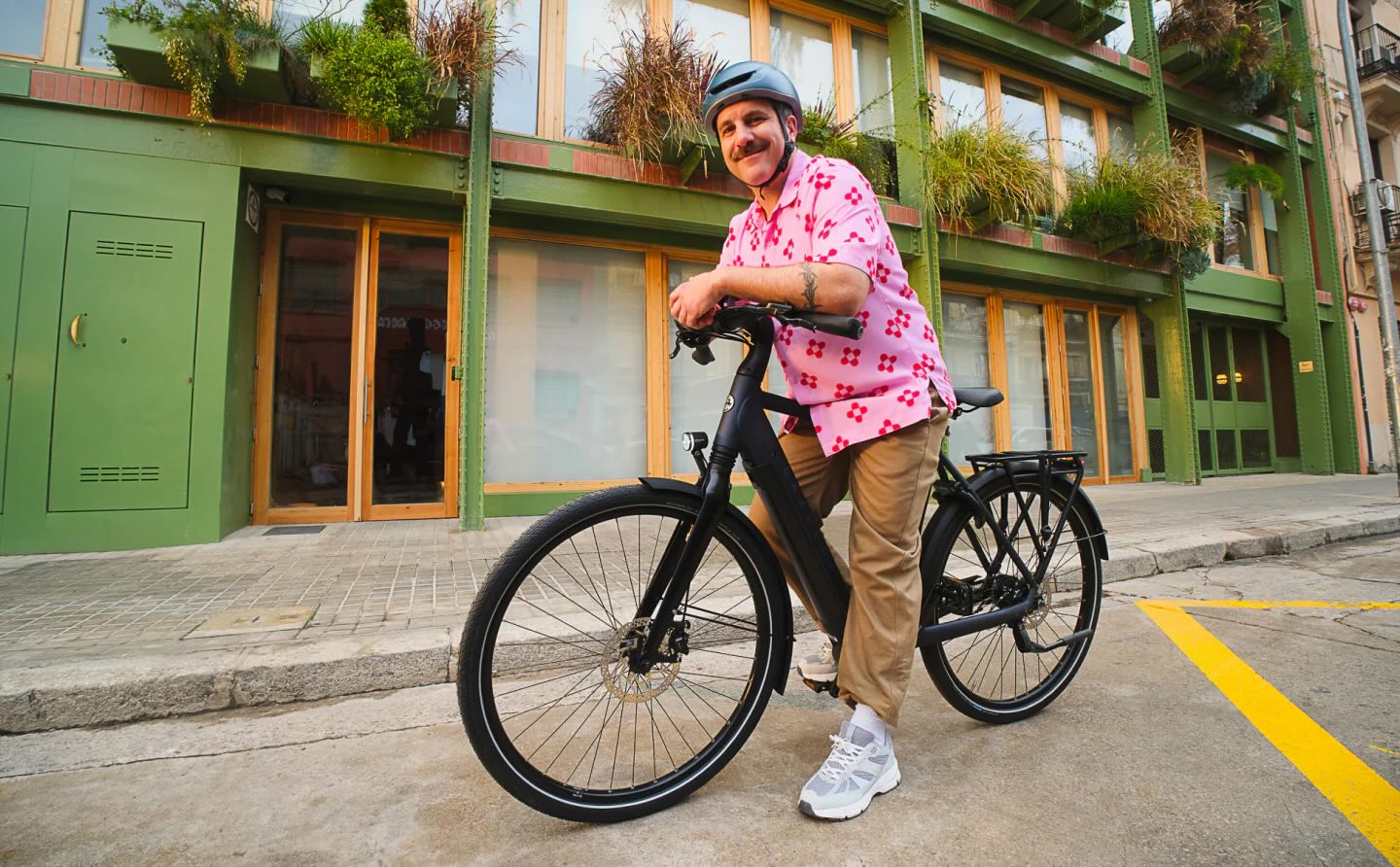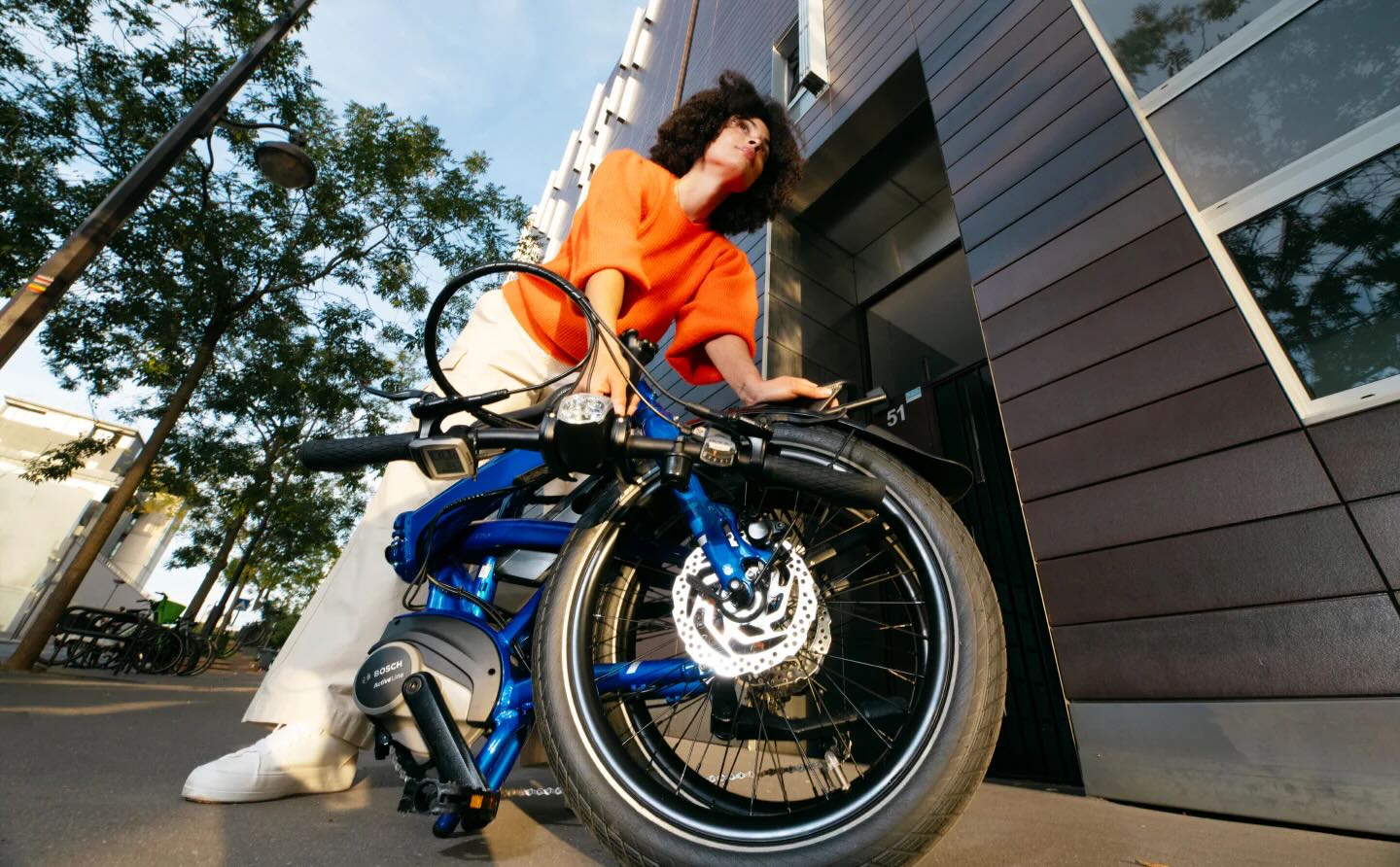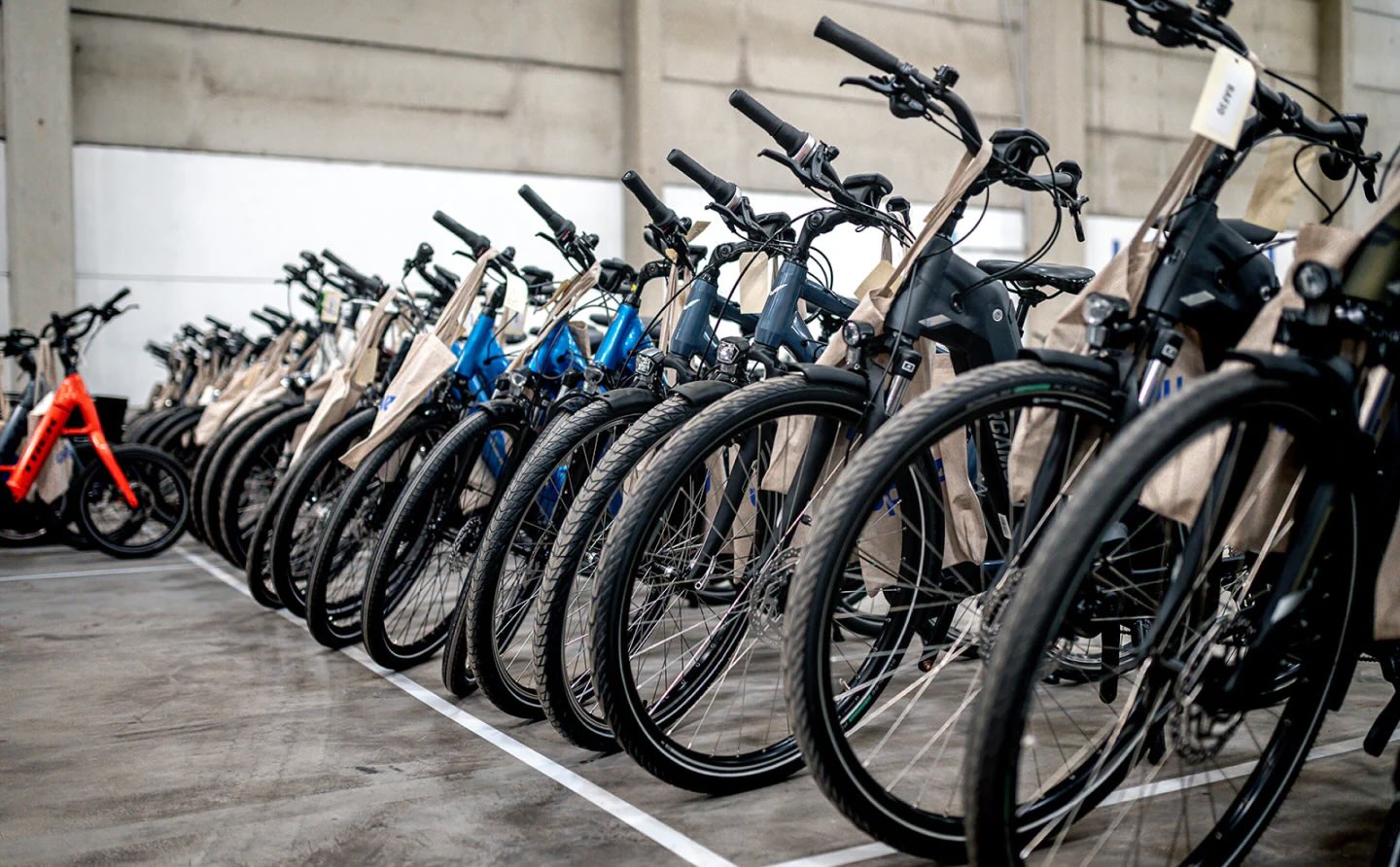Scientists are going to new lengths to understand microplastics, with the potential to revolutionize how we recycle.
Researchers at the University of Waterloo, in collaboration with the National Research Council, recently became the first in the world to use 3D imaging technology to study how microplastics degrade, as Innovation News Network reports.
Studying the tiny, pesky pollutants with the necessary level of detail has long been "incredibly challenging" to achieve, according to University of Waterloo Chemical Engineering professor William Anderson. Previous efforts using 2D microscopy were not generating enough information. That left scientists short of what they needed to decompose microplastics safely.
Per INN, Anderson says 3D imaging's enhanced depth and detail is "crucial for understanding what is happening at the surface of micro and nanoplastics and how degradation processes work." That understanding could help scientists design more efficient and eco-friendly recycling methods for microplastics.
Additionally, the team is researching biocycling as an innovative way to repurpose them. An exciting initiative in development employs microplastics as a carbon source for bacteria. After the bacteria consume the microplastics, they create an eco-friendly biopolymer that could form new plastic bags, for example.
The researchers' work is an important part of the global effort to combat the spread of microplastics. There's still a ton we don't know, but it's clear that these plastic pollutants are dangerous to us and wildlife. They're linked to a number of health issues, and their incredibly small size makes them prone to end up in our food, water, and bodies with alarming frequency.
Find the best HVAC solution to heat and cool your home more efficiently Mitsubishi Electric’s efficient heating and cooling HVAC solutions can help you stay comfortable no matter the weather or region. You can even regulate temperatures in each room with individually controlled all-electric heat pump systems. With an energy-efficient, all-climate system from Mitsubishi, you can reduce the amount of energy needed to heat and cool your home, receive up to $2,000 in tax credits, and get peace of mind knowing you’re choosing rigorously tested, high-quality products. |
Recycling is one way to attack the microplastics problem by cutting down on new plastic production, which requires vast energy resources that create a toll on the environment. It's also an important cog in keeping plastics out of oceans, as well as landfills that produce enormous quantities of methane.
But if recycling is done inefficiently, it can create almost as many problems as it can solve. This research can help increase recycling's efficiency and tap into biocycling to create a virtuous cycle that reduces waste.
Another option for consumers is to do their best to avoid plastic entirely by seeking out alternatives in their everyday lives. Of course, plastic is already out there, and finding the most effective ways to deal with it will be paramount as we look to combat the spread of microplastics.
🗣️ Do you think America has a plastic waste problem?
🔘 Definitely 👍
🔘 Only in some areas 🫤
🔘 Not really 👎
🔘 I'm not sure 🤷
🗳️ Click your choice to see results and speak your mind
While it's early days for 3D imaging in microplastics, the potential for an enhanced understanding is a welcome development.
TCD Picks » Upway Spotlight
💡Upway makes it easy to find discounts of up to 60% on premium e-bike brands
Join our free newsletter for weekly updates on the latest innovations improving our lives and shaping our future, and don't miss this cool list of easy ways to help yourself while helping the planet.














